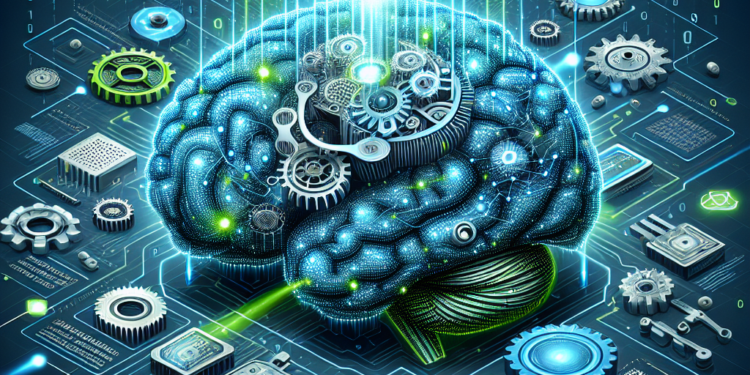Artificial intelligence (AI) tools have revolutionized many industries by allowing for faster and more efficient processing of complex tasks. However, with the increasing complexity of AI models, it has become crucial to optimize these tools to ensure maximum efficiency and accuracy.
There are many advanced techniques that can be used to optimize AI tools, ranging from fine-tuning hyperparameters to utilizing cutting-edge algorithms. In this article, we will explore some of the most advanced techniques in AI tool optimization that can help improve the performance of these tools.
One of the most important aspects of AI tool optimization is hyperparameter tuning. Hyperparameters are parameters whose values are set before the learning process begins, and they can greatly affect the performance of the model. By fine-tuning hyperparameters, we can optimize the performance of the AI tool and achieve better results.
There are several techniques that can be used for hyperparameter tuning, such as grid search, random search, and Bayesian optimization. Grid search involves testing a range of hyperparameter values to find the best combination, while random search involves sampling random hyperparameter values. Bayesian optimization, on the other hand, uses probabilistic models to determine the best hyperparameter values to explore next.
Another important technique in AI tool optimization is feature selection. Feature selection involves selecting a subset of relevant features from the data to improve the performance of the model. By eliminating irrelevant or redundant features, we can reduce the dimensionality of the data and improve the efficiency of the AI tool.
There are several techniques that can be used for feature selection, such as filter methods, wrapper methods, and embedded methods. Filter methods involve selecting features based on some statistical measure, such as correlation or mutual information. Wrapper methods, on the other hand, use the performance of the model to evaluate the relevance of features. Embedded methods, finally, combine feature selection with the learning algorithm to select the best subset of features.
In addition to hyperparameter tuning and feature selection, there are several other advanced techniques that can be used for AI tool optimization. One such technique is transfer learning, which involves transferring knowledge from one task to another to improve the performance of the model.
Transfer learning can be particularly useful when training data is limited or when the target task is similar to the source task. By leveraging pre-trained models or features, we can significantly reduce the training time and improve the performance of the AI tool.
Another advanced technique in AI tool optimization is ensemble learning. Ensemble learning involves combining multiple models to improve the overall performance of the AI tool. By aggregating the predictions of multiple models, we can reduce variance and improve the accuracy of the model.
There are several ensemble learning techniques that can be used, such as bagging, boosting, and stacking. Bagging involves training multiple models on different subsets of the data and aggregating their predictions. Boosting, on the other hand, involves training models sequentially, with each model correcting the errors of the previous model. Stacking, finally, involves combining the predictions of multiple models using a meta-learner.
In addition to these techniques, there are several other advanced techniques that can be used for AI tool optimization, such as neural architecture search, adversarial training, and self-supervised learning. Neural architecture search involves automatically discovering the optimal architecture for the model, while adversarial training involves training the model on adversarial examples to improve robustness.
Self-supervised learning, finally, involves training the model on unlabeled data to learn meaningful representations. By leveraging these advanced techniques, we can optimize AI tools to achieve better performance and efficiency.
In conclusion, there are many advanced techniques that can be used for AI tool optimization, ranging from hyperparameter tuning to feature selection to transfer learning. By leveraging these techniques, we can improve the performance and efficiency of AI tools and achieve better results. As AI continues to advance, it is crucial to stay up-to-date on the latest techniques in AI tool optimization to ensure the best possible performance and accuracy.













